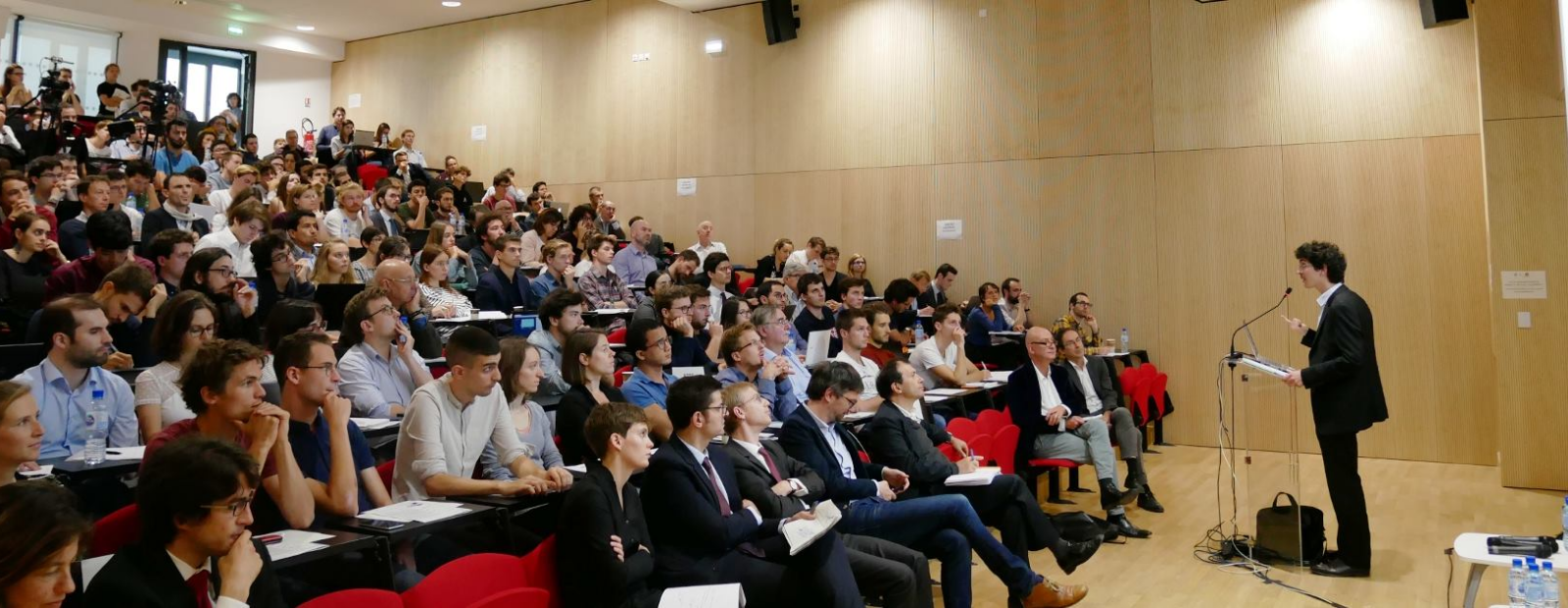Publié en
- Directeur de recherche
- CNRS
Groupes de recherche
- Chercheur associé à la Chaire Politiques éducatives et mobilité sociale.
THÈMES DE RECHERCHE
- Contrats et Mechanism Design
- Economie de l’éducation
- Théorie des jeux
Contact
Adresse :48 Boulevard Jourdan,
75014 Paris, France
Campus :
Campus Jourdan
Étage : 6
Bureau : 08
Publications HAL
-
Dynamic assignment without money: Optimality of spot mechanisms Article dans une revueRevue : Theoretical Economics
-
The Design of Teacher Assignment: Theory and Evidence Article dans une revueAuteur : Julien Combe Revue : Review of Economic Studies
Publié en
-
Perspectives pour une évolution du programme de don croisé de reins en France Article dans une revueAuteur : Victor Hiller Revue : Néphrologie & Thérapeutique
Publié en
-
Robust equilibrium outcomes in sequential games under almost common certainty of payoffs Article dans une revueRevue : Journal of Economic Theory
Publié en
-
Unpaired Kidney Exchange: Overcoming Double Coincidence of Wants without Money Chapitre d'ouvrageAuteur : Victor Hiller Éditeur : ACM
Publié en

